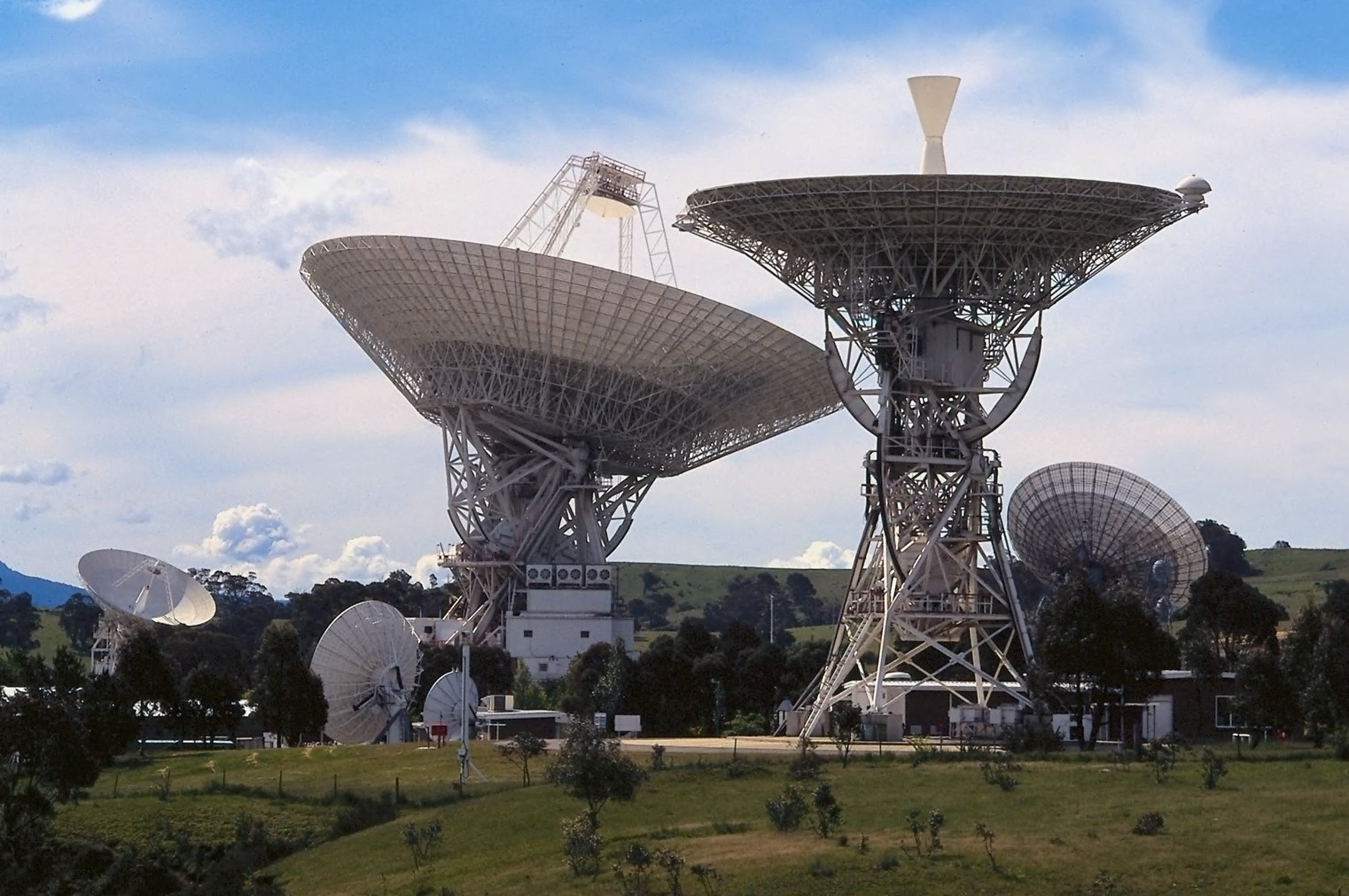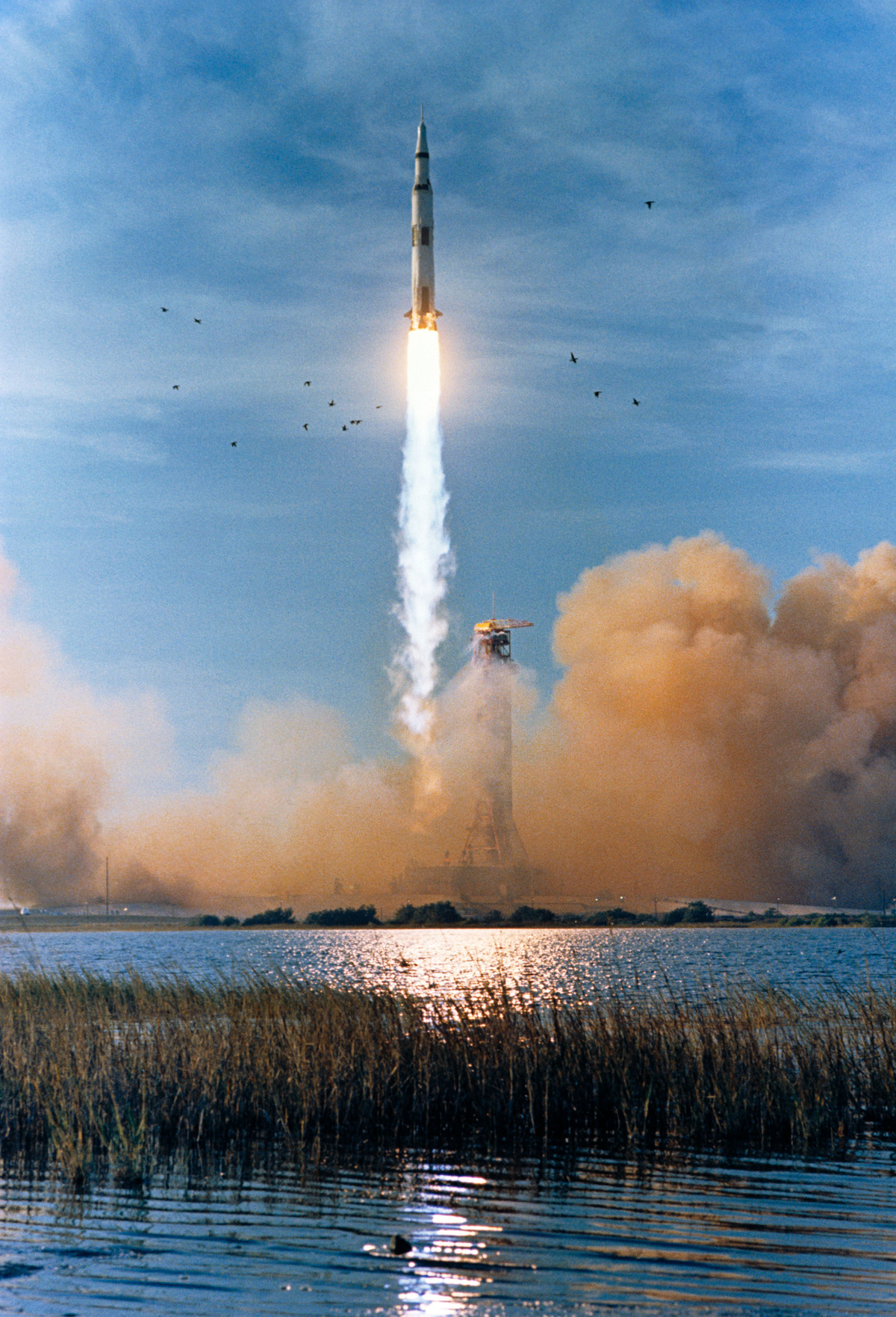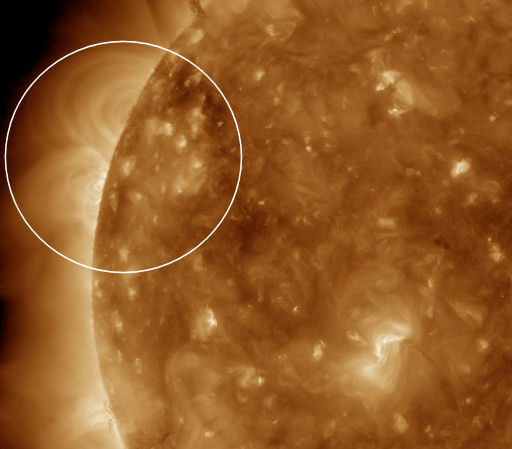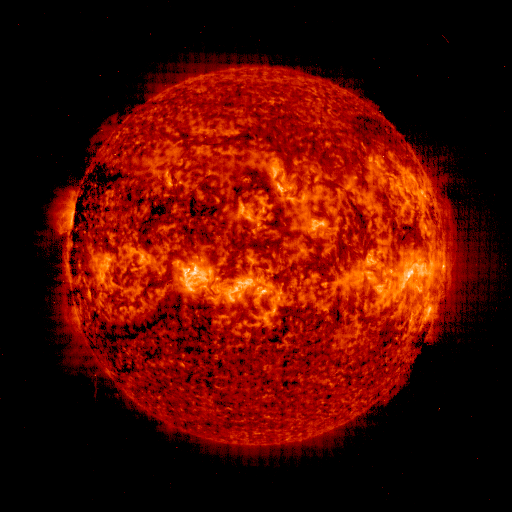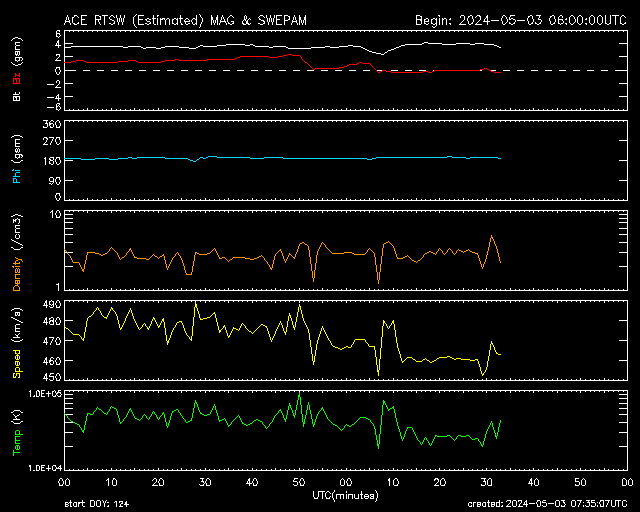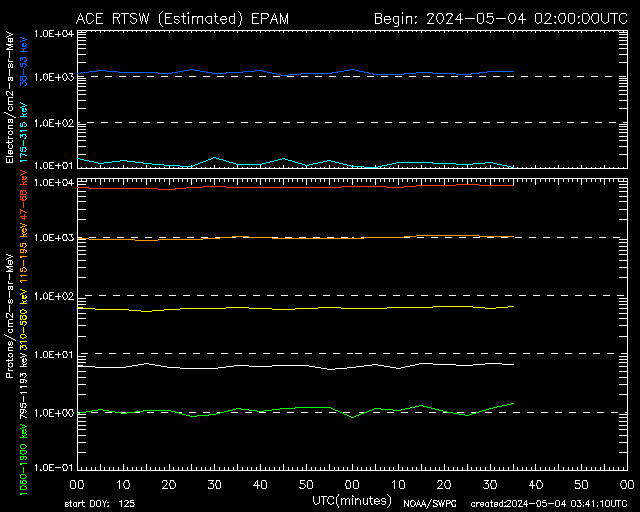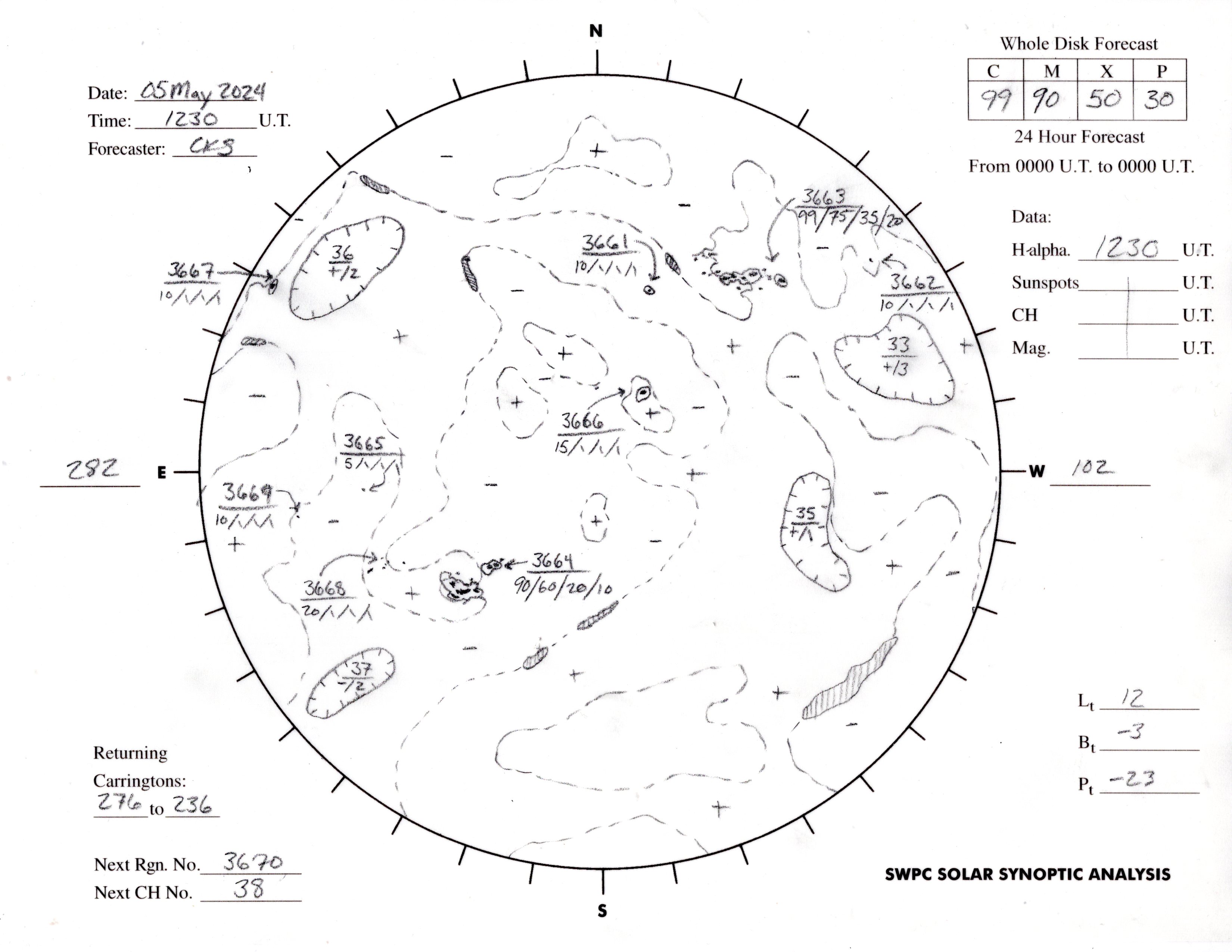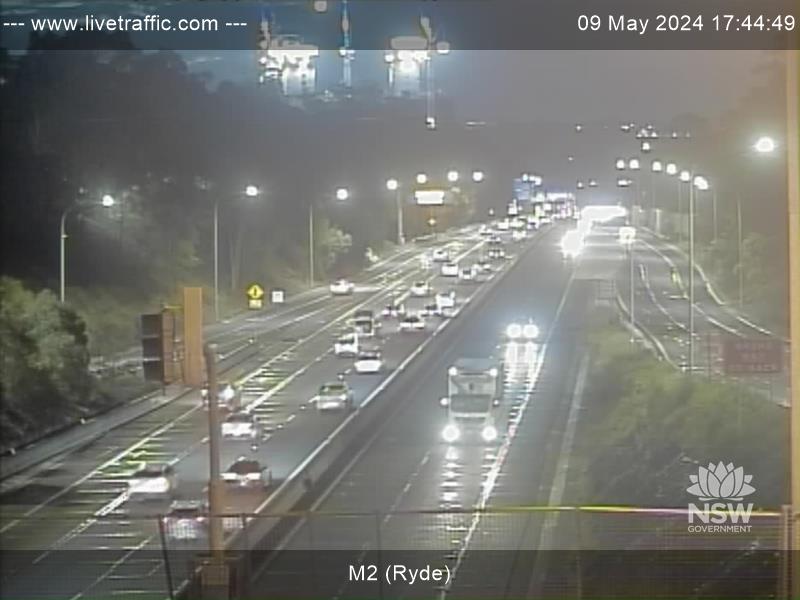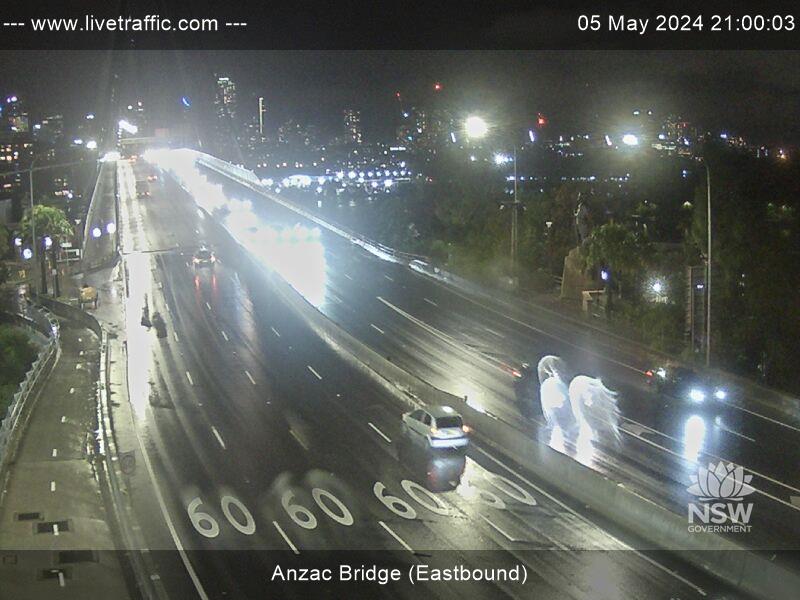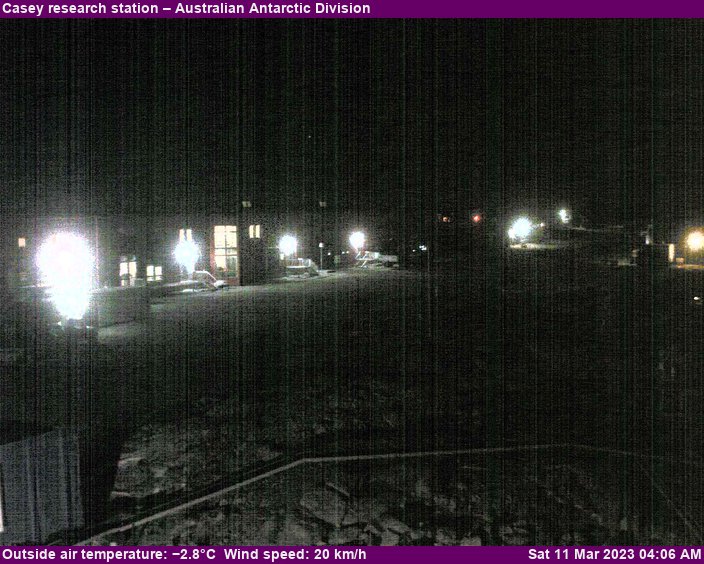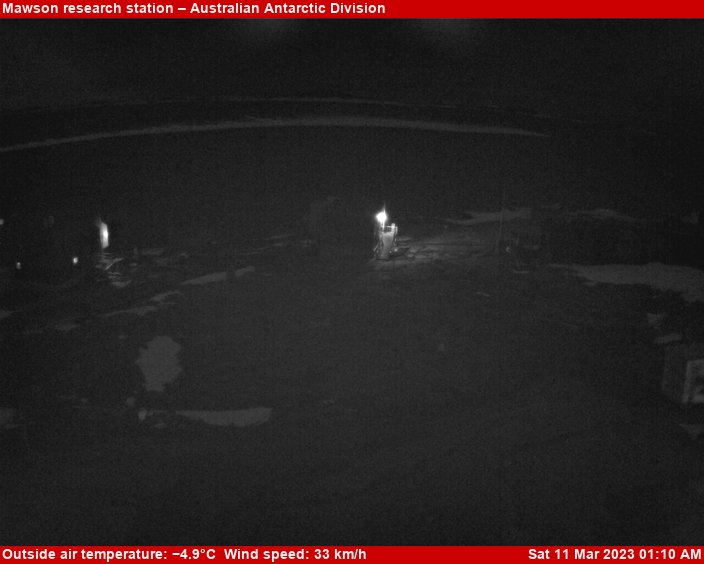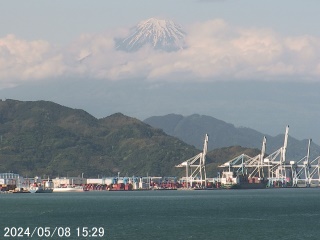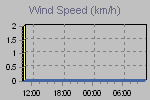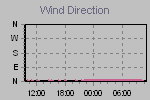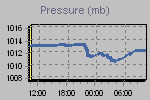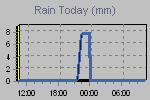Smog hovering over Lahore, Pakistan, on November 12, 2024, is reducing visibility to the point that it easily is detected by instruments aboard space-based platforms. Dark red colors in the image above indicate high aerosol index values over this major city with a population of more than 13 million. The base true-color corrected reflectance image was acquired by the Visible Infrared Imaging Radiometer Suite (VIIRS) instrument aboard the joint NASA/NOAA Suomi National Polar-orbiting Partnership (Suomi NPP) platform and is shown with an overlay of the Ozone Mapping and Profiler Suite (OMPS) Aerosol Index layer.
The OMPS Aerosol Index layer indicates the presence of ultraviolet (UV)-absorbing suspended particles (aerosols) such as desert dust and soot; it is related to both the thickness of the atmospheric aerosol layer and to the height of the layer above the ground. The Aerosol Index is unitless and ranges from < 0 to >= 5, where 5 indicates heavy concentrations of aerosols in the lower troposphere (1-3 km above the surface) that could reduce visibility or impact human health. Aerosol Index values in this image range as high as 4.5.
Overlaid on the image are aerosol optical depth (AOD) measurements from local ground-based Aerosol Robotic Network (AERONET) sites, which are depicted as circles in varying shades of yellow to red. AERONET readings show equally high Aerosol Index values of 4.2 at the Space and Atmospheric Sciences Division, Institute of Space Technology in Lahore.
The image shows smog extending eastwards toward India and Nepal. Typically, air pollution in this region is high during winter months due to agricultural stubble burning, coal-fired power plants and brick kilns, traffic, and a reduction in prevailing winds. Colder, drier air also helps trap pollution near the surface.
Hover over the ground-based AERONET sites to see how ground-based AOD values roughly correspond to the satellite-based aerosol index measurements in the Layer List legend. Click on an AERONET site circle to find the site name, location, most recent AOD reading, and a link to the AERONET website to view more data. Learn more about AERONET Aerosol Layers in NASA Worldview.
Visit Worldview to visualize near real-time imagery from NASA's ESDIS; find more in our Worldview weekly image archive.
Dataset
OMPS-NPP L2 NM Aerosol Index swath orbital NRT (NMMIEAI-L2-NRT)


